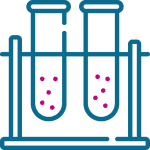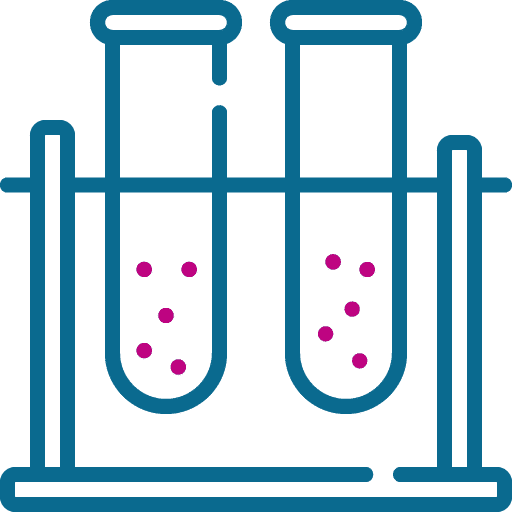Helicobacter pylori IgA
It allows you to identify whether a person is infected with H. pylori, as well as those with signs and symptoms of gastrointestinal disease and asymptomatic individuals.

Detection of HPA IgA antibodies in the blood against Helicobacter pylori IgA allows identification of whether a person is infected H. pylori. Tas well as Helicobacter pylori IgA those with clinical signs and symptoms of gastrointestinal disease and asymptomatic individuals.
This test should also be performed in patients who are long-term users of aspirin or non-steroidal anti-inflammatory drugs (e.g. ibuprofen) and have a history of peptic ulcer disease.
H. pylori disrupts the homeostasis of gastrin and hydrochloric acid secretion, activating hydrochloric acid secretion. Constant exposure to high acidity damages the mucous membranes of the stomach and duodenum, leading to inflammation, defects, erosions and ulcers, and can lead to cancers in these areas.
Destruction of H. pylori is indicated:
– in case of gastric or duodenal ulcers;
– after removal of part of the stomach in cases of gastric cancer;
– if you have been diagnosed with stomach cancer among first-degree relatives;
– chronic gastritis (inflammation of the stomach) caused by H. pylori;
– in MALT lymphoma (lymphoid tissue of the mucosa);
– anaemia of uncertain origin.
In long-term users of proton pump inhibitors (e.g. omeprazole).
H. pylori can accelerate the progression of gastric mucosal atrophy, and it is therefore appropriate to identify the bacterium in such patients and prescribe treatment for H. pylori infection.
Microplates are coated with H.pylori immunodominant antigens derived from tissue culture of a virulent strain. In the 1st incubation, the solid phase is treated with diluted samples and anti-HP IgA are captured, if present, by the antigens.
After washing out all the other components of the sample. In the 2nd incubation bound anti-HP IgA are detected by the addition of anti hIgA antibody, labeled with peroxidase (HRP). The enzyme captured on the solid phase. Acting on the substrate/chromogen mixture, generates an optical signal that is proportional to the amount of anti-HP IgA antibodies present in the sample. IgA in the sample may therefore be quantitated by means of a standard curve calibrated in arbitrary units per milliliter (arbU/ml) as no international standard is available. Neutralization of IgG anti-HP, carried out directly in the well. Is performed in the assay in order to block interferences due to this class in the determination of IgA.
You can consult our family doctors



